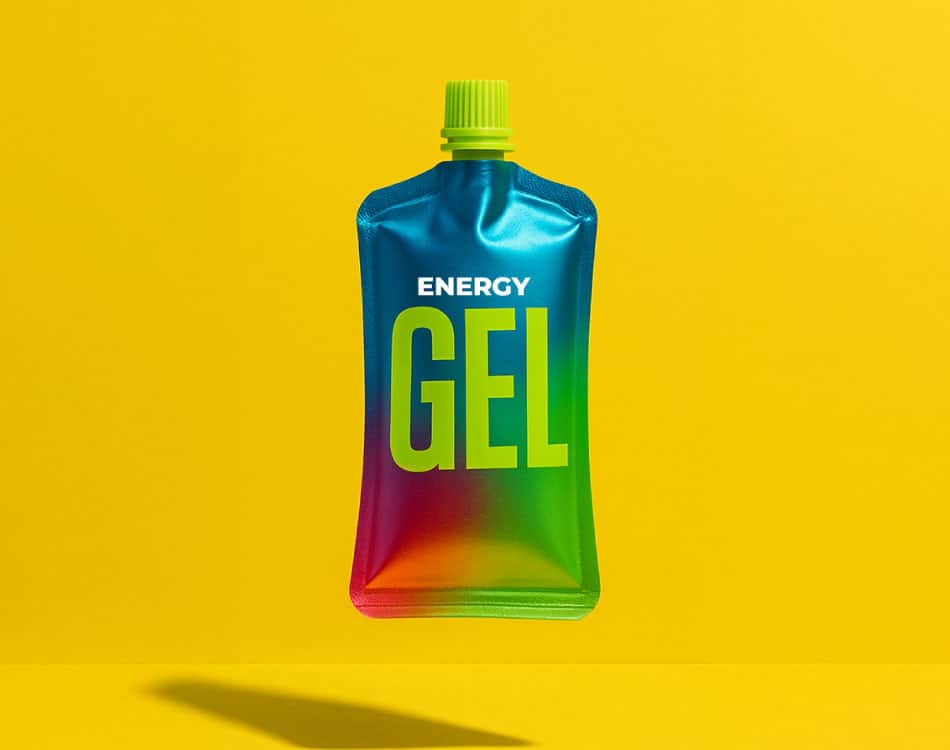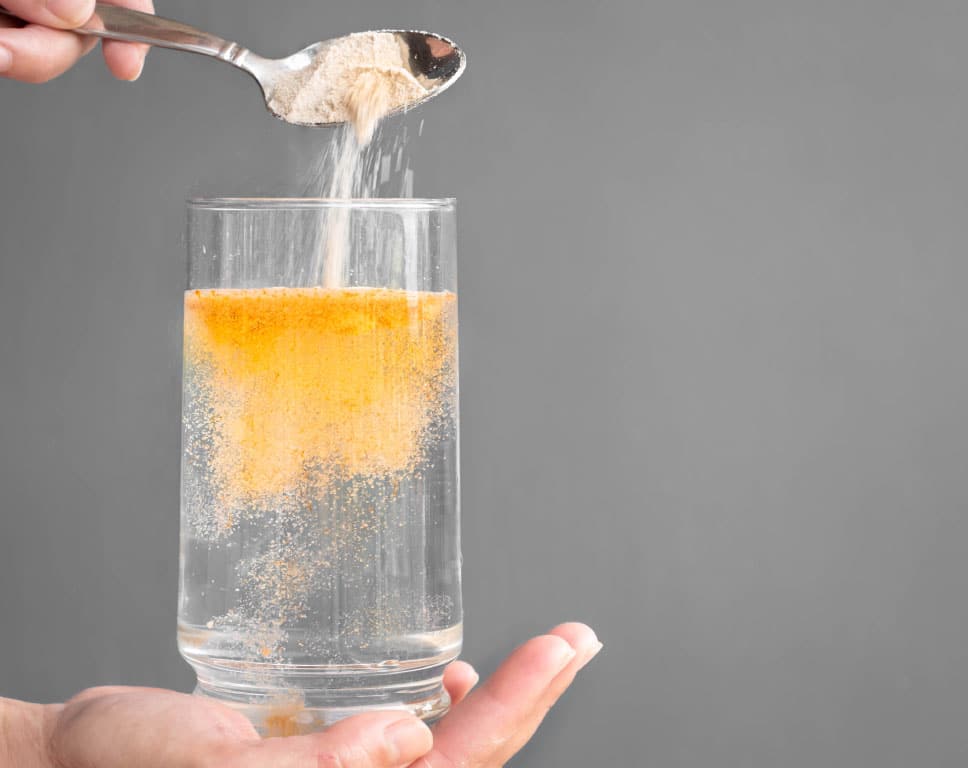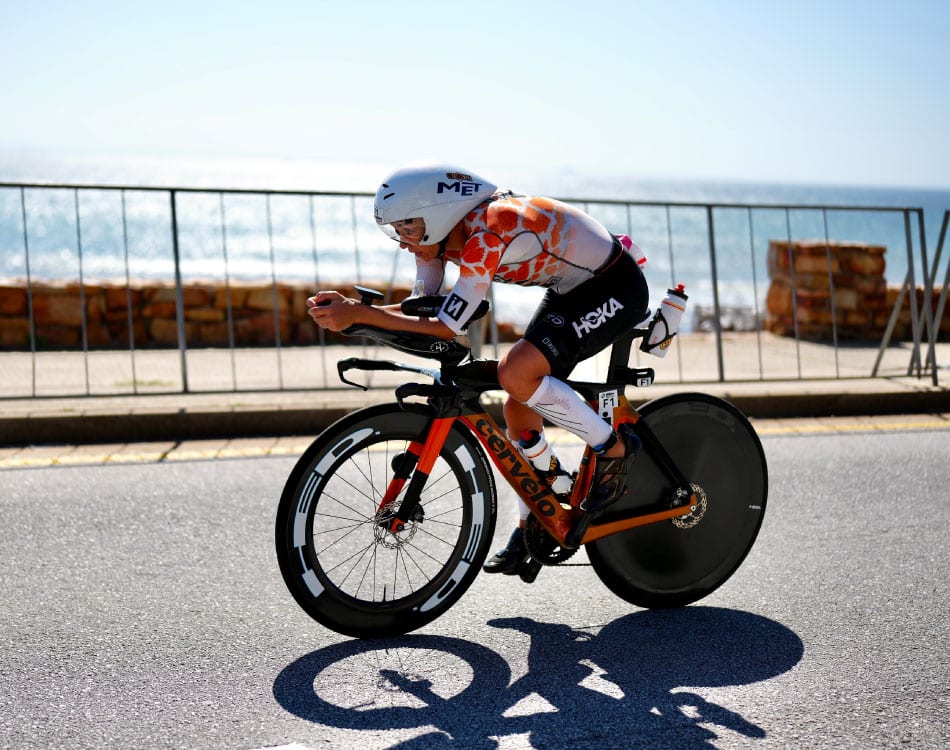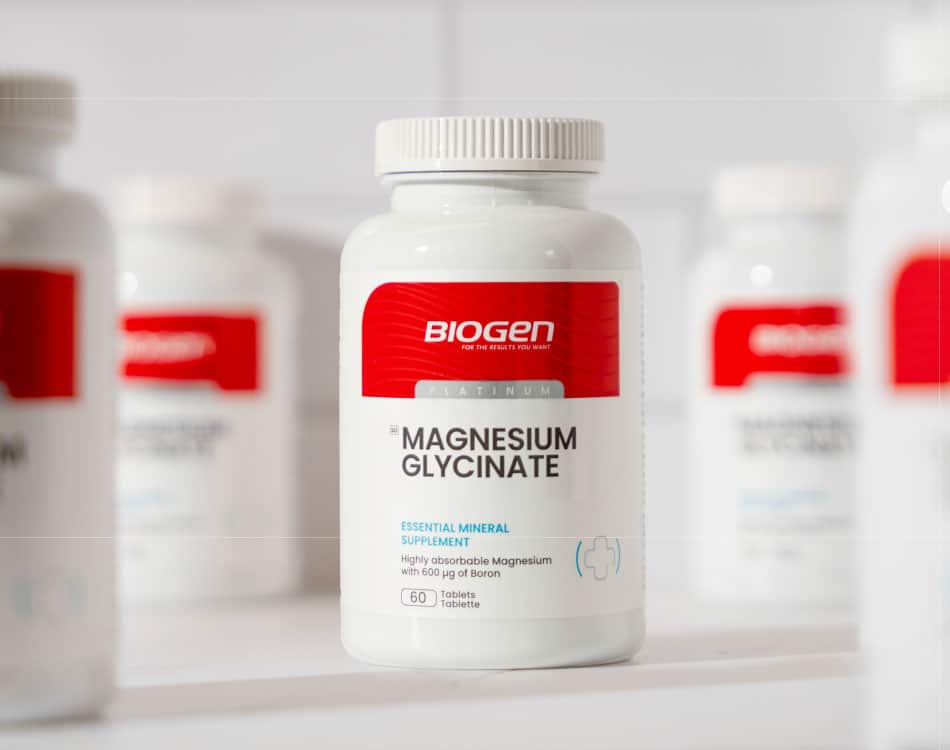Endurance athletes know that a combination of short, high-intensity interval training (HIIT), with higher volume, long, slow duration/distance (LSD) sessions is best for fitness.
However, the debate tends to get more polarised when discussed in the context of fat and weight loss and improved health.
READ MORE: Cardio revolution: A better, more effective way to get your cardio on!
Body comp vs health
Most fitness experts will tell you that HIIT is best to burn calories and fat, while health-conscious individuals tend to prefer steady-state session at a lower intensity.
High-intensity sessions over short durations will take your heart rate through a wider range of heart rate zones, which is beneficial for your general fitness levels.
HIIT is also the most effective way to burn as many calories as possible in a short period of time, which makes it an effective way to lose weight.
READ MORE: Weight loss versus fat loss: what’s the difference?
LSD training at a steady state will preferentially “tap” into fat stores for fuel, which assists with fat loss (not necessarily weight loss).
However, the shift from glycogen to stored fat as a fuel source depends on your stored glycogen levels, insulin sensitivity and your diet, among other factors. However, it is not as effective at improving fitness levels.
For these reasons, non-athletes who are concerned about their appearance or health tend to stick to one option over the other based on their goals. But new research now suggests you may be losing out with this either-or mindset.
READ MORE: Study finds regular, structured exercise sufficient to lower mental illness risk
New study
A new meta-analysis published in the journal Medicine & Science in Sports & Exercise suggests that a mix is best, especially for longer-term metabolic health.
The research team set out to investigate differences between high-intensity interval exercise (HIIE), including HIIT and sprint interval training, and moderate-intensity continuous training (MICT) on numerous variables, including fitness and fat loss.
More specifically, the team looked at the impact that the different training modalities had on: Physical fitness
- Body composition
- Blood pressure
- Blood lipids profiles
- Insulin
- Glucose metabolism
- Inflammation
- Endothelial function
Combining both is best
After reviewing study data from 55 trials, the team determined that HIIE was “more effective in improving cardiovascular health and cardiorespiratory fitness, whereas MICT was superior in improving long-term glucose metabolism.”
As we know, glucose metabolism is vital for fat loss (which was most pronounced with MICT), and cardiorespiratory fitness and cardiovascular health (which improved most with HIIE) are vital for overall health and wellbeing.
These findings suggest that a combination is best if you want to enjoy all of these benefits from your exercise regimen.















